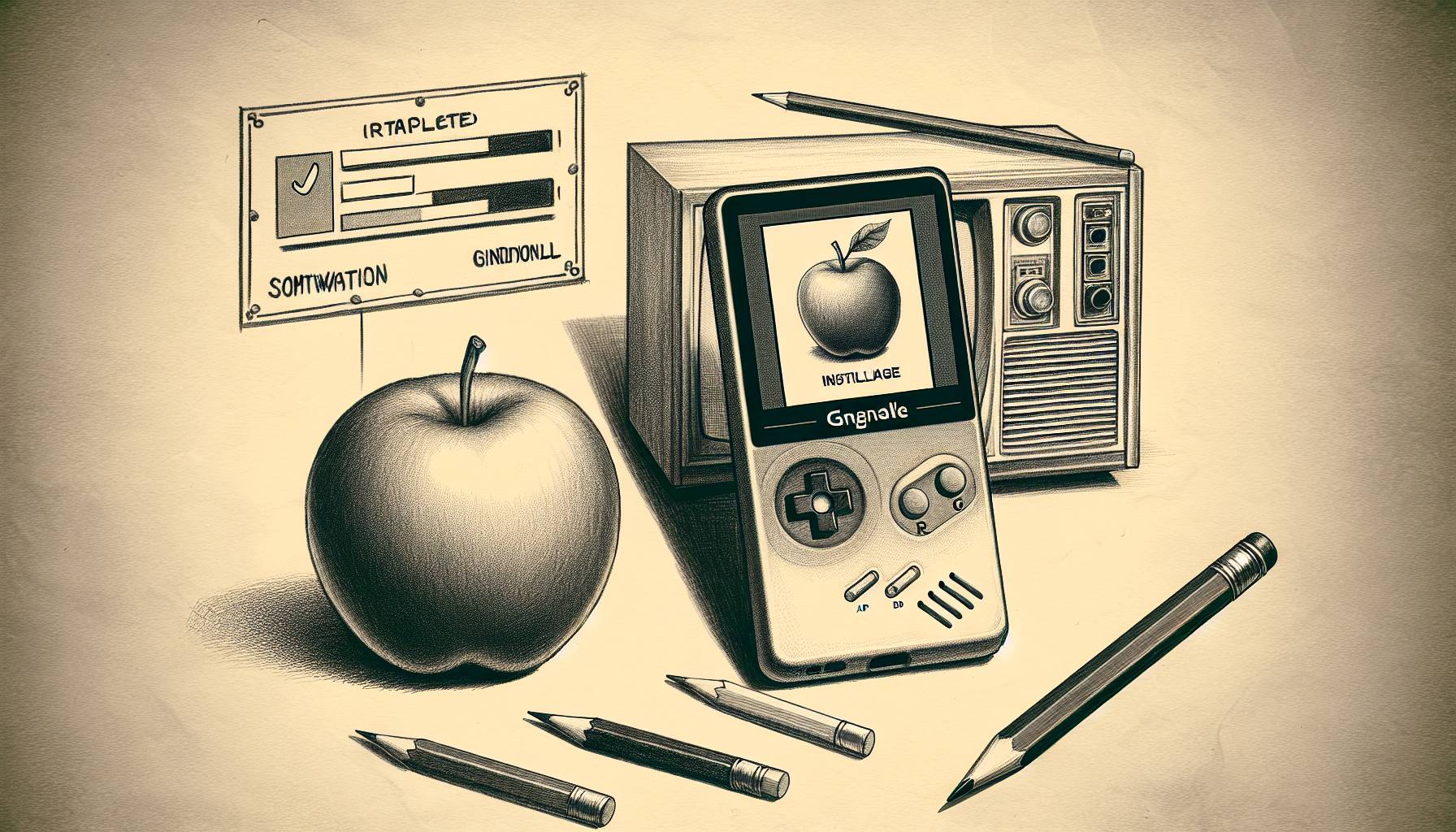In Fit, you have a serene landscape and a bunch of floating platforms in geometric shapes. Little dudes are standing atop the shapes, begging to meet their friends at the bottom. The only way to get them down there is to tap on the screen at just the right moment that the revolving platform coincides with the hole below it, allowing you to move downwards.
As you fit each piece into one another, everything rotates together, meaning you need to keep fitting shapes together until the very end.[sc name=”quote” text=”As you fit each piece into one another, everything rotates together, meaning you need to keep fitting shapes together until the very end.”]
You might think, just from reading the above description, that the way the player matches the shapes together is by using their eye and timing skills. However, you’d be horribly wrong. Instead, each shape glistens softly with a white light and a gentle “ting” noise to let you know when you should click the screen.
Though this is obviously helpful with regard to spatially aware players, it moves the gameplay away from the assumed path – considering it’s called Fit, you would think it’s about using your skills to fit pieces together. Instead, it’s just about listening for the “ting” noise and frantically clicking the screen and hoping you got it in time. You could honestly play it blindfolded.
This deviation from the rather obvious route of gameplay means that the game is really only fit to be enjoyed by the visually impaired – finally, a game they can play without any difficulty!
The key frustration comes about when the lovely “ting” noise sounds; you only have a few micro seconds (or rather, what feels like the smallest increment of time possible in the universe) to click the screen, or your shape bumps downwards to sadly crash against the shape below it, depleting your health. Mess it up three times and the level is over, so you’d better start again.
Considering the game is visually beautiful, with lots of gorgeous surroundings and effects, you’d think that it’d either be well optimized to not suffer stutters or, at the very least, not have the gameplay be tied to twitch movements.
Instead what tends to happen is you’ll be watching your shape’s revolutions like a hawk, desperately waiting for that glorious, ephemeral “ting”, only to suffer a screen stutter just as you click correctly, forcing you to miss the shape and lose the level.
What makes this even worse is that each correct shape fitting plays another note in a traditional music scale, interrupted whenever you mess up a click. So not only do you suffer the risk of losing a level, but your beautiful musical key gets interrupted!
Fit is a game that possesses clear art and graphic design brilliance, but fails to back it up with sufficiently enjoyable – or in the very least, not so bloody frustrating – gameplay.[sc name=”quote” text=”Fit is a game that possesses clear art and graphic design brilliance, but fails to back it up with sufficiently enjoyable – or in the very least, not so bloody frustrating – gameplay.”]
Fit will leave you frustrated and irritated, clutching your broken finger due to frantically trying to tap the screen at the right moment.
Irritation and a hospital visit isn’t what you expect from an ostensible spatial awareness game called Fit.
[review pros=”The graphics and animations are beautifully serene.” cons=”The gameplay is entirely not what you expect, far worse in fact. The game requires the skills of a barely trained monkey, yet is still somehow intensely difficult and frustrating.” score=3]
[appbox appstore id1315984279]
[appbox googleplay com.ketchapp.fit]













